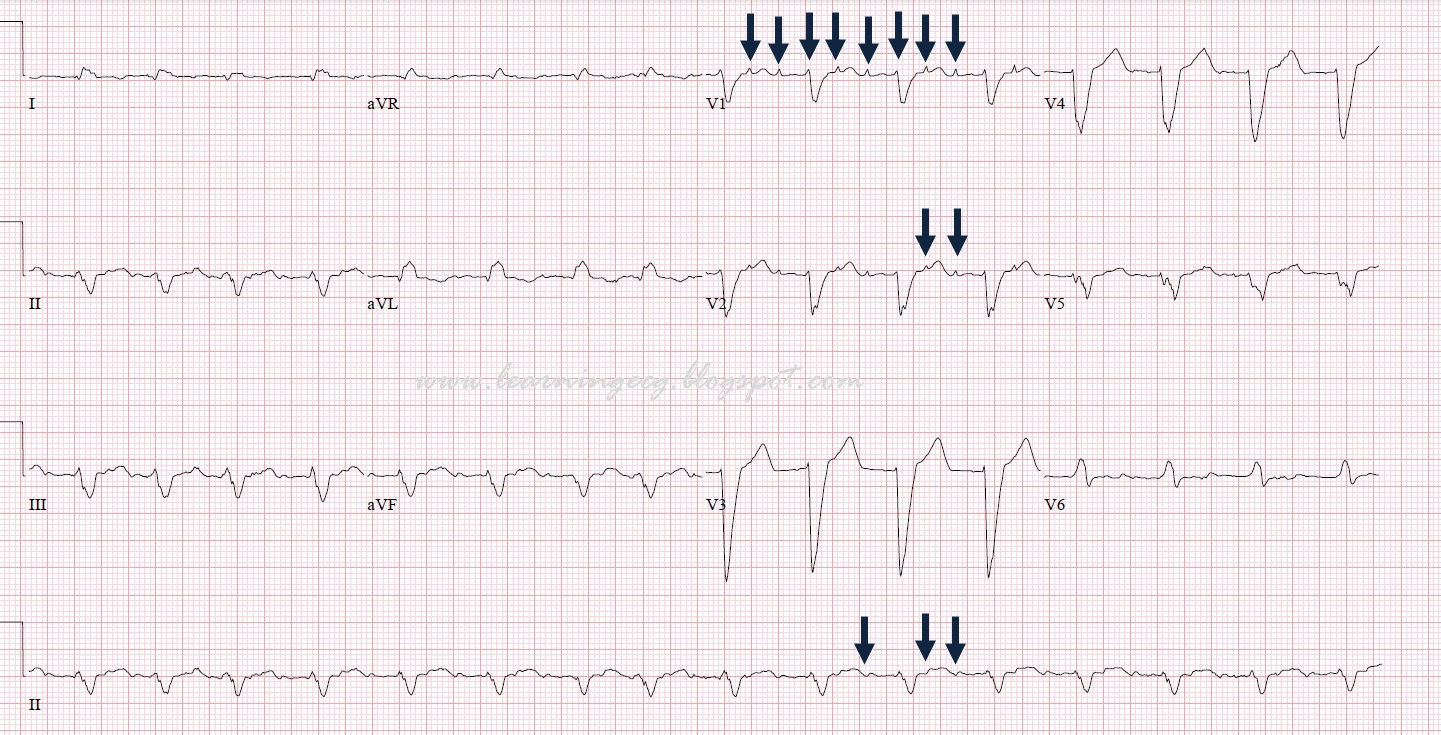

No portion of the American Hospital Association (AHA) copyrighted materials contained within this publication may beĬopied without the express written consent of the AHA. All rights reserved.Ĭopyright © 2022, the American Hospital Association, Chicago, Illinois. The AMA assumes no liability for data contained or not contained herein.Ĭurrent Dental Terminology © 2022 American Dental Association. The AMA does not directly or indirectly practice medicine or dispense medical services. Applicable FARS/HHSARS apply.įee schedules, relative value units, conversion factors and/or related components are not assigned by the AMA, are not part of CPT, and the AMA is not Many people have spells of atrial fibrillation and don’t even know it - so you may need lifelong anticoagulation even after your rhythm has been restored to normal.AMA CPT / ADA CDT / AHA NUBC Copyright StatementĬPT codes, descriptions and other data only are copyright 2022 American Medical Association. Your doctor may prescribe blood-thinning medications (anticoagulants) such as warfarin and newer anticoagulants. The risk is even higher if other heart disease is present along with atrial fibrillation. Many people with atrial fibrillation or those who are undergoing certain treatments for atrial fibrillation are at especially high risk of blood clots that can lead to a stroke. You may be prescribed medications to control how fast your heart beats and restore it to a normal rate, like digoxin, beta blockers, and calcium channel blockers. Even with medications, there is a chance of another episode of atrial fibrillation. These medications may be needed indefinitely. Rarely, they may cause ventricular arrhythmias - life-threatening rhythm disturbances originating in the heart’s lower chambers. Although these drugs may help maintain a normal heart rhythm, they can cause side effects, including nausea, dizziness, and fatigue. Medications may include dofetilide, flecainide, propafenone, amiodarone, and sotalol. After electrical cardioversion, your doctor may prescribe anti-arrhythmic medications to help prevent future episodes of atrial fibrillation. If your episode of atrial fibrillation lasted more than 48 hours, you may need to take this type of medication for at least a month after the procedure to prevent blood clots in the heart. Before cardioversion, you may be given warfarin or another blood-thinning medication for several weeks to reduce the risk of blood clots and strokes. Cardioversion can be done in two ways: electrical cardioversion and cardioversion with drugs.

To correct your condition, doctors may be able to reset your heart to its regular rhythm (sinus rhythm) using a procedure called cardioversion, depending on the underlying cause of atrial fibrillation and how long you’ve had it. Ideally, to treat atrial fibrillation, the heart rate and rhythm are reset to normal. Generally, the treatment goals for atrial fibrillation are to reset the rhythm or control the rate and prevent blood clots. The atrial fibrillation treatment that is most appropriate for you will depend on how long you’ve had atrial fibrillation, how bothersome your symptoms are and the underlying cause of your atrial fibrillation.


 0 kommentar(er)
0 kommentar(er)
